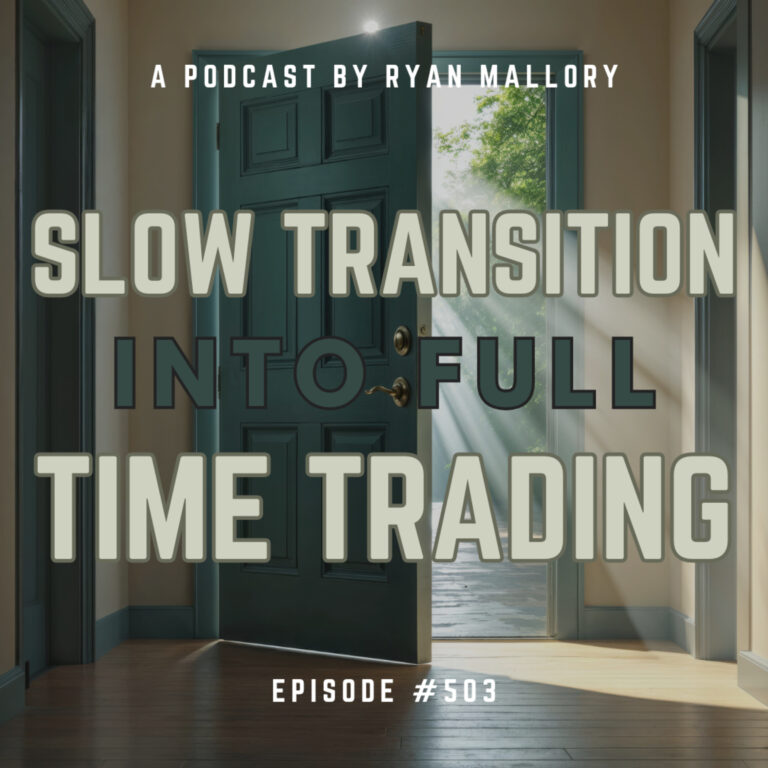We have had a number of traders ask us to provide them with our understanding of Risk-Reward Ratio. As a member (and it is FREE for everyone to join- So you are without excuse!) you know that we stress the risk-reward ratio in our day-trades and that our positions and the number of shares we buy or sell all depends on our risk-reward ratio.
We use a Risk-to-Reward spreadsheet to determine our position sizes. First we determine what our Risk or “R” (i.e. the dollar amount that we are willing to lose on a single trade). Then we buy the number of shares up to the amount that will not allow us to lose more than our pre-determined “R” value. We want our gains to be in multiples of “R” (i.e. 2R, 3R, 4R, etc.) and our losses to kept consistently at 1R or less (preferrably less).Once we have determined what R is, and the number of shares that we can buy or short without risking more than “1R”, we place our order and once the order has been executed we enter our stop-loss (usually as a “first-triggers-all” condition with the original order).
As a matter of note, the tighter the stop-loss the greater the potential to realize multiple R’s on our trades. We are not so much interested in percentage gain of the stock itself as we are interested in the “R” multiple on our trade. If our stop-loss is only 0.25% of the share price and we are willing to risk 0.5% of our portfolio on the trade, we are able to realize 4R or a 2% increase in our portfolio value if the stock goes up only 1%. Whereas if our stop-loss is much wider at 1% of the share price and we are willing to risk 0.5% of our portfolio on the trade, then we would need to see the shareprice increase by 4% in order to realize the same return on the value of our portfolio (while we still realize a 4R on this trade it required that the stock appreciate by 4% versus the 1% in the previous example).
So in our day trades we seek to find as tight of a stop-losses as possible so that we may buy more shares to trade with which will lead to our trade returns being far greater. Just remember, the key is not so much the percentage of what the stock goes up, instead it only matters what our R multiple is on our returns – that is what determines our profits and our return on our capital. As you can see, we can achieve returns of 2R, 3R and even 4R or more on trades that only move 1% – Not Bad At All!
We have provided a similar spreadsheet to the one that we use for determining position size. You can download it for FREE by clicking here.

Welcome to Swing Trading the Stock Market Podcast!
I want you to become a better trader, and you know what? You absolutely can!
Commit these three rules to memory and to your trading:
#1: Manage the RISK ALWAYS!
#2: Keep the Losses Small
#3: Do #1 & #2 and the profits will take care of themselves.
That’s right, successful swing-trading is about managing the risk, and with Swing Trading the Stock Market podcast, I encourage you to email me (ryan@shareplanner.com) your questions, and there’s a good chance I’ll make a future podcast out of your stock market related question.
How should one go from their regular 9-5 job into full-time trading? As a swing trader, we don't have to necessarily be full-time, and instead we can combine our trading into a lifestyle that allows us to maximize our time and earning ability.
Be sure to check out my Swing-Trading offering through SharePlanner that goes hand-in-hand with my podcast, offering all of the research, charts and technical analysis on the stock market and individual stocks, not to mention my personal watch-lists, reviews and regular updates on the most popular stocks, including the all-important big tech stocks. Check it out now at: https://www.shareplanner.com/premium-plans
📈 START SWING-TRADING WITH ME! 📈
Click here to subscribe: https://shareplanner.com/tradingblock
— — — — — — — — —
💻 STOCK MARKET TRAINING COURSES 💻
Click here for all of my training courses: https://www.shareplanner.com/trading-academy
– The A-Z of the Self-Made Trader –https://www.shareplanner.com/the-a-z-of-the-self-made-trader
– The Winning Watch-List — https://www.shareplanner.com/winning-watchlist
– Patterns to Profits — https://www.shareplanner.com/patterns-to-profits
– Get 1-on-1 Coaching — https://www.shareplanner.com/coaching
— — — — — — — — —
❤️ SUBSCRIBE TO MY YOUTUBE CHANNEL 📺
Click here to subscribe: https://www.youtube.com/shareplanner?sub_confirmation=1
🎧 LISTEN TO MY PODCAST 🎵
Click here to listen to my podcast: https://open.spotify.com/show/5Nn7MhTB9HJSyQ0C6bMKXI
— — — — — — — — —
💰 FREE RESOURCES 💰
— — — — — — — — —
🛠 TOOLS OF THE TRADE 🛠
Software I use (TC2000): https://bit.ly/2HBdnBm
— — — — — — — — —
📱 FOLLOW SHAREPLANNER ON SOCIAL MEDIA 📱
*Disclaimer: Ryan Mallory is not a financial adviser and this podcast is for entertainment purposes only. Consult your financial adviser before making any decisions.




